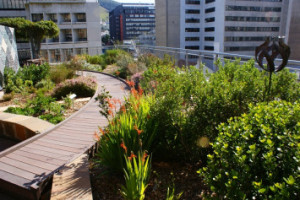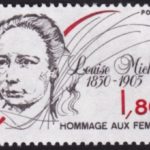Karla Booysen – Serious About Green Roofs: Are Cape Town And Durban Serious?
No comments yetfuturecapetown.com. July 2014. The previous part of the “Serious about Green Roofs” series investigated four international green roof case studies. I identified four key lessons that we can learn from these cases to help with creating our own green roof industry. Now we can take a look at two national case studies as a comparison. The only incentive towards green roofs in South Africa is a sustainability rating tool called the Green Building Council’s Green Star SA Credits. This voluntary system was inspired by the 2002 Australian Green Star tool and has been in effect since 2007. The tool awards up to one hundred credits to a development based on specific sustainability criteria. A green roof has the potential to earn twenty four of these credits. Compared to other international sustainability rating tools the Green Star SA Credits is the least effective in incentivising a high level of sustainability. Even with the lack of policies and incentives the following case studies will show the various potentials for the introduction of a green roof industry.
Cape Town, South Africa:
Cape Town’s Management of Urban Stormwater Impacts Policy (2009) mentions Water Sensitive Urban Design (WSUD) which provides an opportunity for green roofs to be absorbed into the policy. The policy defines this type of design as practises that encourage biodiversity, amenity and aesthetics. Furthermore it is stated that the City may introduce incentives to encourage these types of design. The City has also published a Cape Town Smart Building Handbook (2012) within which a pilot garden roof developed on a city building features as an example. Other than these documents there are a few other projects in the area that show support for green roofs.
Read more: http://futurecapetown.com/what-green-roof-incentives
You May Also Like
Comments
Leave a Reply






